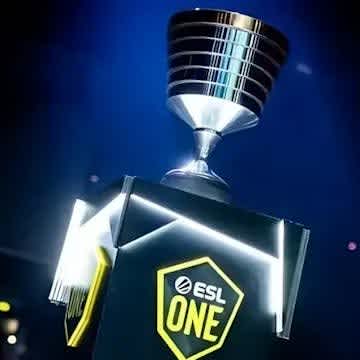FLASHPOINT and DreamHack: how much does the broadcast talent matter?
So far, the early months of 2020 were dominated by battles on Twitter rather than Dust 2 in the CS scene, with the sniping between ESL and FLASHPOINT about as spammy as the normal state of affairs on mid doors of the aforementioned map. Amusingly for fans of the game, it has also lacked the accuracy of a w0xic or s1mple – but as we inch closer to the league seasons in March, we’re getting more information to assess the different projects.
What do you tune in for?
Fortunately, BLAST saved us with a bit of a gun game these last few weeks, and now DreamHack Anaheim has landed in our laps like dead seagull surprising a pensioner at the beach. Though the prize pool only adds up to a month’s fine in FLASHPOINT for a non-top 20 team, it will nevertheless serve as a comparison point to the project replacing ECS, simply because of the prestige (or lack thereof) of the teams on display.
Regular viewers By The Numbers will have often heard FLASHPOINT’s public face Duncan ‘Thorin’ Shields bang on DreamHack’s diminished brand, due to the fact the tournament organizer can no longer attract the level of teams that once saw them host a Valve Major in CS:GO. Without putting too fine a point on it, that same level of team is now what FLASHPOINT has nailed their colors to for the first year (at least) of their franchise league, where the $2m buy-in has been taken up by the likes of MIBR, Gen.G and others. Now, we are in a situation where we can theoretically extrapolate what the audience for FLASHPOINT might be based on the success of DreamHack Opens, and also test a theory that has been thrown around.
The one difference – or strength of the FLASHPOINT project in comparison to DreamHack’s less prestigious circuit – is their talent list, which includes many S-tier commentators, and even a few big names from outside of CS:GO. With the somewhat underwhelming list of teams included in that league, the organizers are hoping the broadcast will boost their appeal, and comparing the stable viewing figures for FLASHPOINT and DreamHack in 2020 will be a great way to determine if CS:GO fans really will tune in for the presentation, or just care about the level of play.
The other saving grace for FLASHPOINT will come from the investment made by the teams involved. With a couple of million of someone else’s money already invested, the likes of MIBR, C9 and… er… Mad Lions will want to make sure this is a product that lasts, or at least that is what the owners will be banking on. No team (with one Danish exception) has had a real investment in a TO or tournament series in CS:GO to date, and 2020 will change that.
Secondary objectives
In theory then, the semi-abandonment of the DreamHack brand by owners MTL, and failure to update from venues in the middle of the Swedish hinterland to modern arenas will not be an issue FLASHPOINT face. Likewise, BLAST have shown you can have events that finish with two tier 2 teams in the final and still get a decent audience with the clash between OG and G2 at the Premier series, so there is potential in the product if current viewing figures are to be believed.
The real boon for FLASHPOINT would be either the revival or the emergence one of its partner orgs as a top contender. Unlike the DreamHack Open series, any team that becomes elite in FLASHPOINT is committed to playing in that league for a set period, so the organizers will have a chance to capitalize on that success, rather than see them instantly drop out in favor of bigger stages and prize pools.
Of course, a year is a long time in esports, and the commitment to the cause that C9, MIBR and the rest are showing might not last if ESL win year one and make come-hither noises when the contracts need to be re-signed. What we do know is that 2020 is going to be a new era for CS:GO, and it will be fascinating to see which TOs survive to emerge blinking into the rarified air of Counter-Strike’s future.






